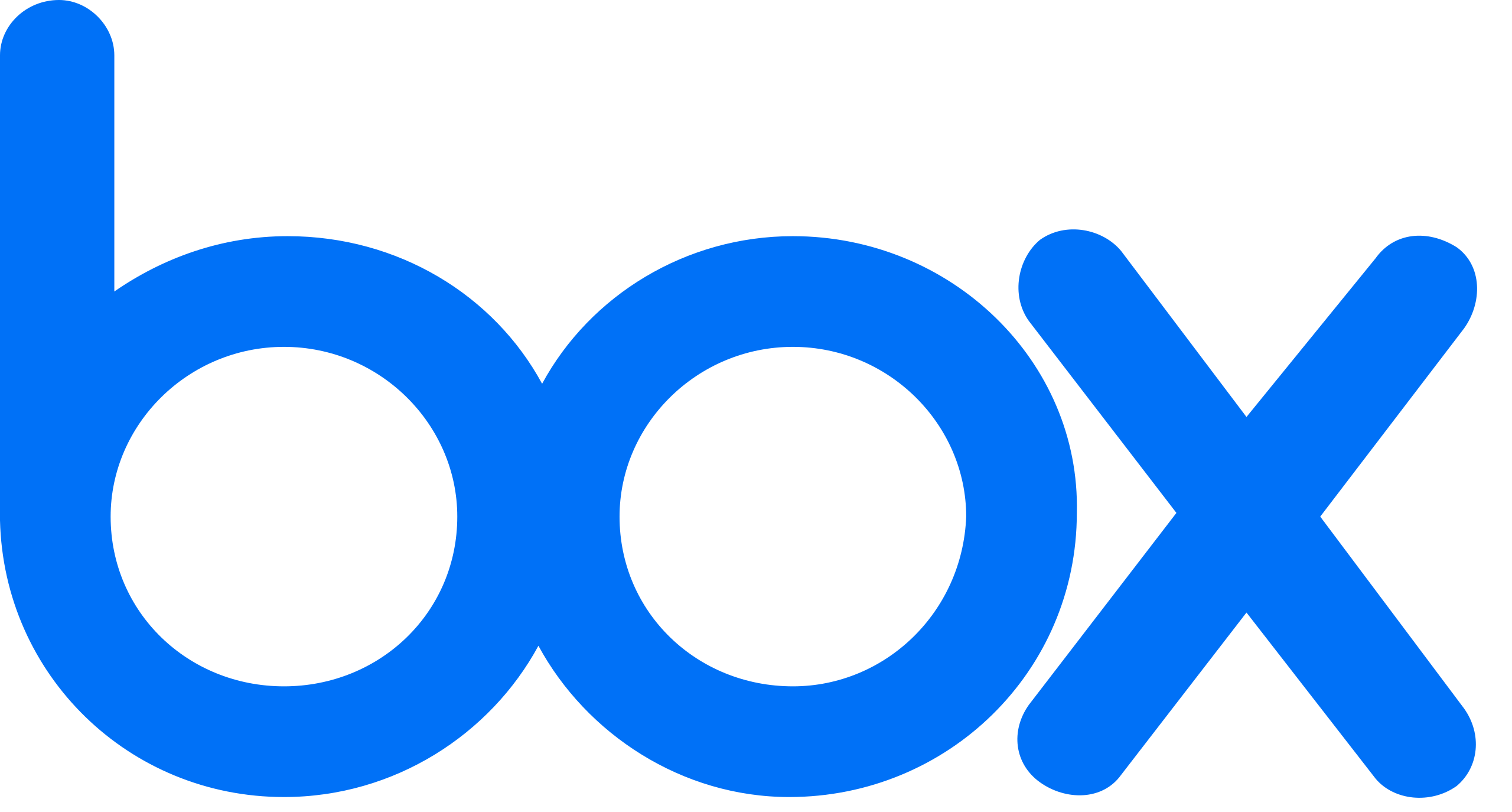How much should a secure Virtual Data Room really cost?
With data breaches on the rise and high-stakes deals moving faster than ever, choosing the right data room isn’t just a tech decision—it’s a financial one. Whether you’re navigating a merger, raising capital, or managing confidential legal files, understanding how virtual data room pricing works can help you avoid hidden costs and select the solution that truly fits your business.
In this guide, we’ll break down real pricing models, compare top providers, and show you how to make a smart investment without sacrificing security. Ready to find the best value for your data?
Comparing Top VDR Providers
Here’s a comparison of some leading Virtual Data Room providers and their pricing models:
| Features |  |
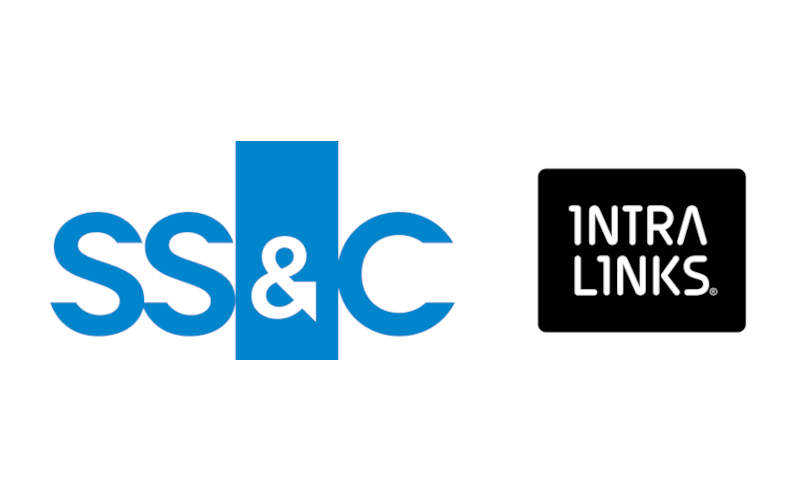 |
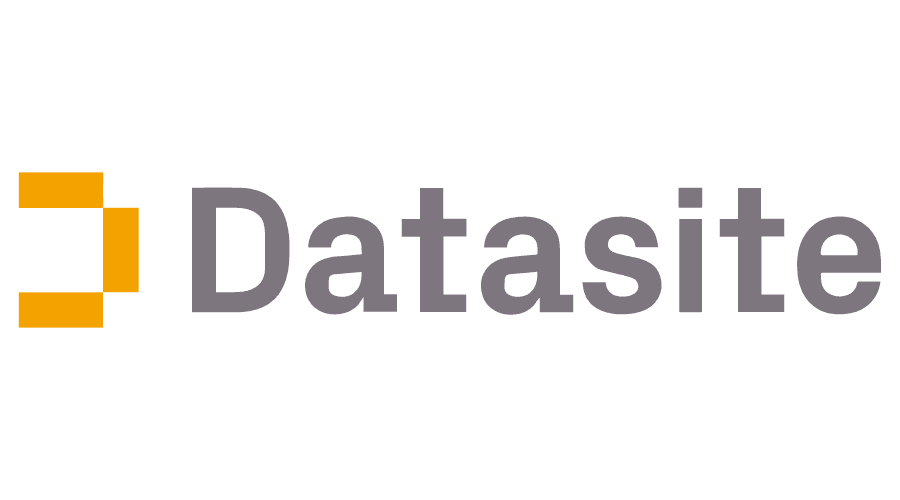 |
 |
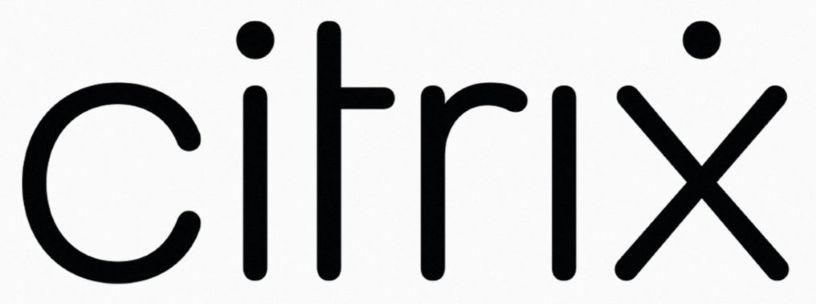 |
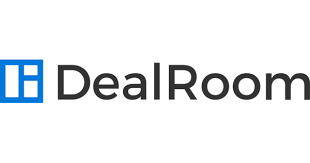 |
|---|---|---|---|---|---|---|
| General pricing | $$ | $$$ | $$$ | $$ | $$ | $$$ |
| Best for | M&A, Finance, Legal | M&A, Finance, Legal | M&A, IPO, Healthcare | Startups, Law Firms | Remote Work, Collaboration | M&A, Due Diligence |
| Pricing types | Monthly | Per-page | Per-page | Monthly | Per user | Monthly |
| Pricing plans | Pro, Business, Enterprise | Contact for details | Contact for details | Standard, Advanced, Unlimited | Contact for details | Contact for details |
| Free trial | 30 days | ❌ | ✔️ | 14 days | 30 days | 14 days |
| Unlimited users | Only in Enterprise | ✔️ | ✔️ | ❌ | ✔️ | ✔️ |
| Free flash drive(s) | Included in all | 1 for free, $200 extra | 2 for free, $250 extra | N/A | 1 for free, $500 extra | N/A |
| Details | Check price | Learn more | Learn more | Learn more | Learn more | Learn more |
Note: Prices are indicative and may vary based on specific requirements.
Understanding Virtual Data Room Pricing Models
VDR providers offer various pricing structures to cater to different business needs. Here’s an overview of the most common models:
1. Per-Page Pricing
This traditional model charges based on the number of pages uploaded. Rates typically range from $0.40 to $0.85 per page .
- Best for: Small projects with a limited number of documents.
- Considerations: Costs can escalate quickly for larger projects, leading to unpredictability in budgeting.
2. Per-User Pricing
Charges are based on the number of users accessing the VDR. Standard user licenses range from $15 to $25 per user per month, while administrative users can cost between $100 to $250 .
- Best for: Small teams with a defined number of users.
- Considerations: Additional users can increase costs; it’s essential to monitor user access.
3. Storage-Based Pricing
Costs are determined by the amount of data stored, typically around $60 to $77 per GB per month .
- Best for: Projects with predictable storage needs.
- Considerations: Large files or unexpected data growth can lead to higher expenses.
4. Flat Monthly Fee
A fixed monthly rate provides access to a set of features, users, and storage. Prices usually range from $400 to $1,000 per month
- Best for: Businesses seeking predictable costs and comprehensive features.
- Considerations: May include features that some businesses don’t require.
5. Custom Enterprise Pricing
Tailored plans based on specific business requirements, including features, users, and storage.
- Best for: Large enterprises with unique needs.
- Considerations: Requires negotiation and may involve longer contract commitments.
Factors Influencing Data Room Price
Several elements can affect the data room price:
- Security Features: Advanced security measures like two-factor authentication, encryption, and compliance certifications (e.g., ISO 27001, SOC 2) can increase costs.
- User Access: The number of users and their roles (e.g., administrators vs. viewers) can impact pricing.
- Storage Requirements: Higher storage needs typically lead to higher costs.
- Customization: Custom branding and tailored workflows may incur additional fees.
- Support Services: 24/7 customer support and dedicated account managers can add to the overall expense
Tips for Choosing the Right Virtual Data Room Pricing Model
Selecting the right Virtual Data Room pricing model is not just about finding the cheapest option it’s about balancing functionality, security, and long-term value. Here’s how to make the best choice for your organization:
Assess Your Needs
Before comparing providers, take time to understand your specific use case. How many users will access the platform? Will you need advanced features like two-factor authentication, detailed audit logs, or AI search? Estimate your storage requirements, and consider whether your team will upload mainly PDFs, multimedia files, or spreadsheets. This initial assessment helps avoid overpaying for features you don’t need or underinvesting in security.
Set a Budget
Define what you’re willing to spend—both now and as your needs evolve. Data Room Price can range from $100/month for basic plans to several thousand dollars for enterprise-grade solutions. Establishing a realistic budget early allows you to focus only on providers that align with your financial capabilities, while also factoring in hidden costs like overage fees or premium support.
Request Demos
A free trial or live demo is the best way to evaluate a virtual data room in action. Test how easy it is to upload documents, manage user permissions, and navigate the interface. Pay attention to the speed and responsiveness of the platform. This hands-on experience is crucial for understanding usability and ensuring your team can adopt the system with minimal training.
Consider Scalability
Your company’s needs may grow, especially if you’re managing multiple deals or expanding internationally. Choose a provider that offers flexible plans or modular features that scale as you do. A virtual data room that works well for a startup today should still support your workflow as your organization becomes more complex.
Read Reviews
Look beyond vendor marketing materials real customer reviews often reveal what support is like after onboarding, how responsive the system is under heavy load, and whether promised features live up to expectations. Prioritize platforms with consistently strong ratings for uptime, security, and customer service.
Investing in a Virtual Data Room: Cost vs. Business Impact
Virtual Data Rooms are no longer a niche tool for large corporations, they’ve become a core necessity for any organization managing confidential information, transactions, or external collaboration. Here’s why investing in best virtual data room software makes business sense today more than ever:
1. Enhanced Security for Sensitive Information
Whether you’re dealing with mergers and acquisitions, legal contracts, or intellectual property, your data must be protected. VDRs offer advanced encryption, permission-based access, watermarking, and audit trails security features that go far beyond what traditional cloud storage can provide. With growing cyber risks, investing in secure document exchange is a proactive move.
2. Efficient Document Organization & Access
VDR platforms streamline the way businesses manage large volumes of documents. With features like folder indexing, bulk uploads, full-text search, and version control, teams can find and organize files instantly. This is crucial in due diligence processes, where every second counts and version errors can delay or derail a deal.
3. Remote Collaboration Across Borders
A modern VDR allows multiple stakeholders from investors to legal advisors to access, comment on, and review sensitive documents securely from anywhere in the world. This eliminates the need for physical meetings or unsecured email threads, enabling faster decision-making and increased productivity.
4. Regulatory Compliance Made Easy
Industries like finance, healthcare, and legal services face strict data compliance requirements (e.g., GDPR, HIPAA, FINRA). Leading VDR providers include built-in compliance features and host data in certified facilities, helping businesses meet regulatory standards without the overhead of custom solutions.
5. Deal Acceleration and Better Outcomes
A well-structured data room can drastically reduce transaction timelines. Buyers, investors, and legal teams can access everything they need instantly, with real-time tracking of document activity. This transparency builds trust and confidence—often a key factor in closing high-stakes deals.
6. Audit Trails and User Tracking
Every action inside a VDR is logged and timestamped who accessed what, when, and for how long. This full visibility is essential not only for accountability, but also for understanding what documents potential partners are focusing on, providing valuable insights during negotiations.
7. Scalability for Growing Teams and Projects
VDR solutions scale with your business. Whether you’re handling one transaction or managing a portfolio of companies, you can upgrade users, storage, and features without switching platforms ensuring continuity and cost-efficiency.
Conclusion
Understanding Virtual Data Room pricing is essential for selecting a solution that aligns with your business needs and budget. By evaluating different pricing models and considering the factors that influence costs, you can make an informed decision that ensures secure and efficient data management.
Investing in virtual data room software isn’t just about document storage—it’s about enabling secure, streamlined, and strategic operations. From closing deals faster to meeting compliance demands, VDRs deliver long-term ROI that traditional tools simply can’t match.
Popular virtual data rooms
Visit our main page to compare virtual data rooms and choose the best providers for your business.
FAQs
Are there hidden costs with Virtual Data Rooms?
Yes, some providers charge extra for additional storage, more users, premium support, or advanced features like AI search or redaction. Always check the fine print before committing.
Do Virtual Data Rooms offer free trials?
Many providers offer free trials or demos, usually ranging from 14 to 30 days. This lets you test usability, security, and features before making an investment.
Why do some VDRs cost more than others?
Higher pricing usually reflects stronger security (ISO 27001, SOC 2 compliance), advanced features (AI tools, analytics), premium support, or scalability for enterprise projects.
Is investing in a Virtual Data Room worth it?
Yes. While costs may seem high compared to generic file-sharing tools, VDRs deliver superior security, compliance, collaboration, and efficiency—often saving time and reducing risks in high-value deals.
How can I reduce my VDR costs?
You can optimize costs by accurately estimating storage needs, limiting unnecessary user accounts, comparing multiple providers, and selecting a pricing model that aligns with your workflow.
